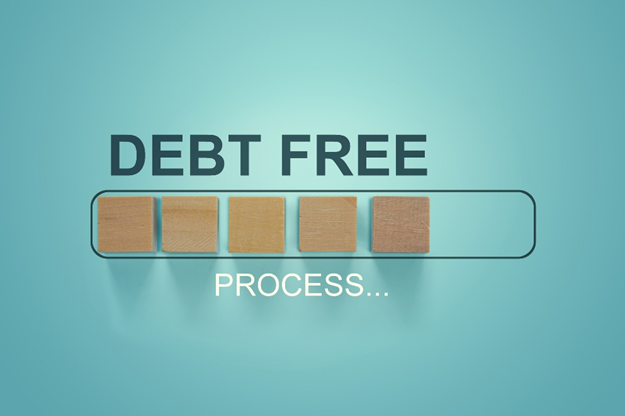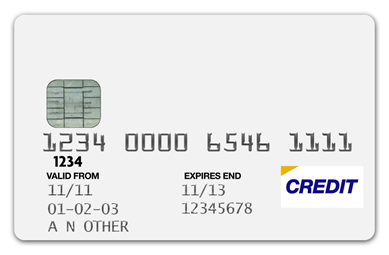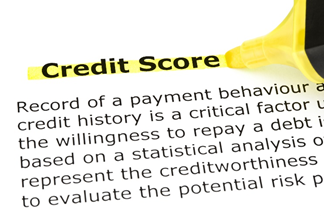Definition
Related Definitions
Zero Balance Card
What is zero balance card?
Consumers use credit cards to make all sorts of payments, from groceries to luxuries. Later, before the end of a billing cycle, the customer needs to pay the amount due on the credit card bill. A zero balance card is a credit card that has no amount outstanding for payment. This is possible by regular payments of credit card bills before each billing cycle ends. Not using the card for transactions is another way to maintaining zero credit. An entity with zero balance cards tends to have a better credit score.
Highlights
- A zero balance card is a credit card that has no amount outstanding for payment.
- Holding a zero balance card may positively impact the credit rating by reducing the credit utilisation ratio.
- Transactors are those credit cardholders who do not falter in clearing their monthly credit card dues.
Frequently Asked Questions (FAQs)
How does holding a zero balance card prove beneficial?
We can understand the benefit of a zero balance card with the help of the following example. Suppose X has three credit cards, each with a limit of $10000, and one of them is a zero balance card. Thus the combined credit limit is $30000. There is a balance of $7000 on one card and $8000 on another, while the third is a zero balance card. Thus there is 50% overall utilisation ratio.
If X does not keep the zero balance card, then the combined credit limit would be $20000 and the balance will be $15000 leading to the overall credit utilisation to be 75%. Thus, we see that it is good to keep the account open for a zero balance card.

Source: © Jannygto | Megapixl.com
What is meant by credit utilisation ratio?
The credit utilisation ratio is the ratio of credit to the ratio of the total credit limit available to an entity. Credit reporting agencies use this ratio to ascertain the credit score of the entity. The lesser the ratio, the better the credit score. Closing zero balance cards or unused credit card account may have the potential to reduce the score. While adding a credit card improves the credit utilisation ratio.
The credit utilisation ratio is also often referred to as the balance to limit ratio as well. It is a marker for how an entity manages its credit.
What is a credit card?
A credit card is a payment instrument used to buy goods and services from sellers willing to accept this mode of payment. Credit cards charge a higher annual interest rate than other loans. However, issuers of credit cards allow an interest-free grace period of 21 days to clear the bill for the respective billing cycle.
Suppose A has a credit card limit of INR 20000. The billing cycle is monthly on the tenth day of the month. For example, if A buys clothes worth 9000INR on 12 September and buys groceries worth 3000INR on 9 October, then on 10 October, a credit card bill of 12000 INR will be generated, and A must make the payment before 31 October. Failure to do so will lead to the addition of charges in the form of interest.

Source: © Wiscan | Megapixl.com
What is credit card balance?
Credit card balance is the amount that a credit cardholder owes to the issuer. With more and more transactions, the credit card balance keeps piling, and so does the payment liability of the holder. Credit card balances keep changing from one cycle to the other.
What is the principle of revolving credit on which credit cards operate?
In the case of revolving credit, borrowers can borrow a certain amount (limit decided by the lender), repay it and then spend it again. This process can revolve on and on. This is different from instalment credit, wherein each repayment keeps reducing the principal borrowed and finally leads to the end of the loan cycle. A credit card is a lending mechanism working on revolving credit, while a home loan or a car loan works on an instalment credit format.

Source: © Ivelinr | Megapixl.com
What is credit limit?
The credit limit on a credit card is the highest amount of payment that a credit card holder can make using the card. The credit limit is set by the credit card issuing authority based on the borrower's credit scores. Better the credit score, the higher is the credit limit allowed to the credit cardholder. Spending beyond credit limits can invite penalties or transaction payment failures.
What is meant by the term transactor?
Transactors are those credit cardholders who do not falter in clearing their monthly credit card dues and thus are never subject to interest payment or late fee payment.
